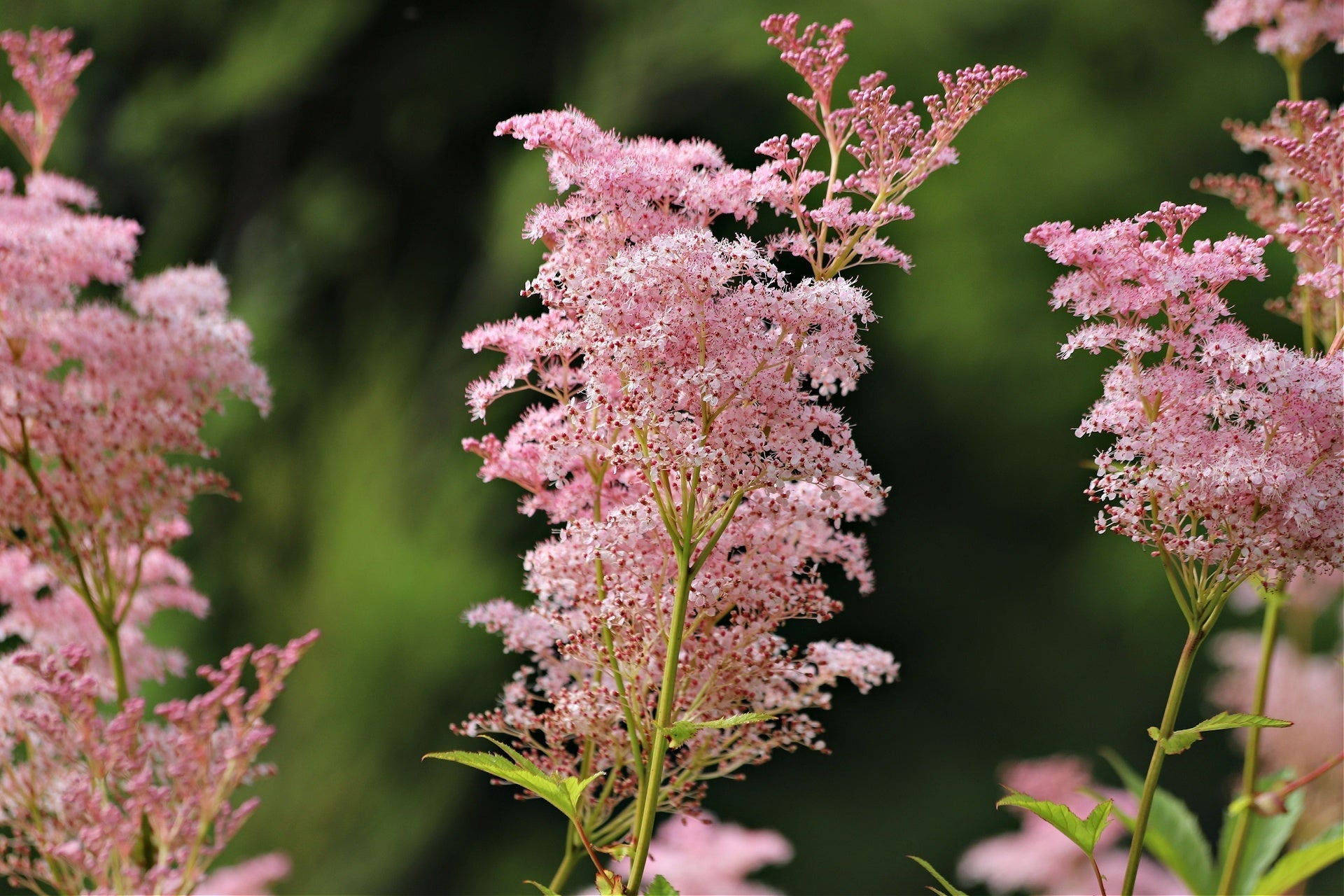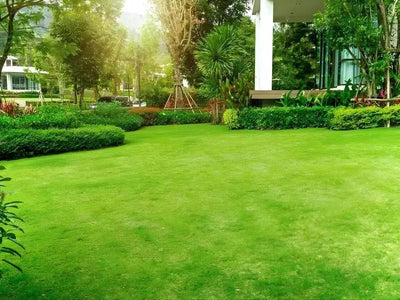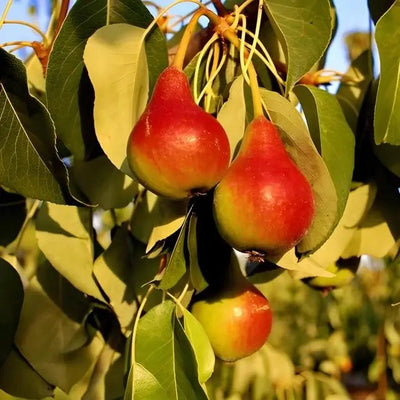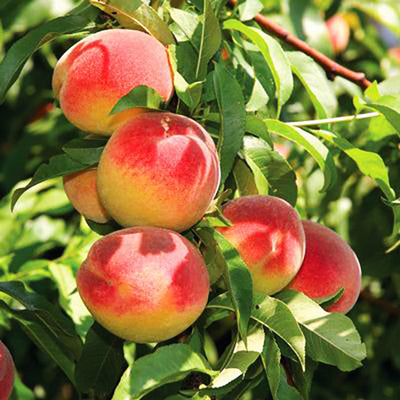In a perfect world, light rain would fall at the correct time, providing our gardens just the right amount of water. But nature doesn't always work with us, therefore it's up to us gardeners to learn how to water. Finding the best technique to water plants is very important for keeping them healthy and growing, especially during the hot, dry days of summer.
Watering may seem easy, but the best ways to do it rely on a number of things, such as the climate in your area, the type of soil you have, the plants you cultivate, and even how much time you have. We'll talk about the best and most efficient ways to water your plants in this guide. We'll cover everything from traditional hand-watering to sophisticated drip irrigation systems, and we'll help you choose the best one for your garden.
Hand-Watering
Hand-watering is the most traditional and personal way to water your plants. It gives you a chance to slow down and interact with them. A watering can or a hose with a moderate spray nozzle works great for tiny gardens or plants in pots. To get to the roots, always aim the water at the base of each plant. This keeps the leaves dry, which lowers the chance of getting a fungal disease.
Young Hydrangea Live Stakes, for instance, benefit greatly from targeted hand-watering as their shallow roots develop.
Many gardeners find that checking each plant up close, noticing new growth, and spotting potential problems early is a peaceful, almost meditative practice, even though it can take a long time. By seeing how each plant reacts over time, you'll naturally discover how much water it requires.
Best for: Small gardens, pots, or plants that need a lot of attention. No automated system can match the flexibility, accuracy, and personal touch of watering by hand.
Drip Irrigation vs Sprinkler Systems – Which Is Better?
For gardeners managing larger spaces or busy schedules, automatic watering systems are game changers. Let’s look at the pros and cons of both.
Sprinkler Systems
You can basically set it and forget it with sprinkler systems. Sprinkler irrigation isn't usually the best approach to water plants with delicate leaves, but it does let you cover a lot of ground with very little work on your part.
Sprinklers are great for grasses and groundcovers like Lawn Moss because the water goes down the blades and into the soil. But be sure to set up your system appropriately, otherwise you could waste water on sidewalks or driveways.
Installation can be expensive, but the time it saves is worth thinking about, especially for people with busy schedules.
Best for: Large lawns, open areas, or anyone who wants to water their plants without having to think about it.
Drip Irrigation
If you want to be precise, drip irrigation is the best way to go. It sends water right to the plant's roots, which keeps the leaves dry and stops the water from evaporating. What happened? Plants that are healthier and a better way to use water that is better for the environment.
It's easy to hook up simple drip systems to your hose or faucet. More complicated ones let you change the timings and valves to achieve the optimum control. This technique also stops weeds from sprouting by only watering the plants you wish to grow.
Although it requires some setup, maintenance is minimal — just check occasionally to ensure emitters aren’t clogged.
Food crops and fruit trees like to be watered a lot and deeply. Plants like Moonglow Fruiting Pear and Peach plants can grow and make healthy, excellent fruit when the ground is always damp.
Best For: Large gardens, edible plots, or water-conscious gardeners who value efficiency and precision.
How to Water Garden Plants Effectively
Learning how to water garden plants the right way makes all the difference.
- Water early in the morning or late evening to reduce evaporation.
- Focus on the roots, not the leaves, as that’s where moisture is absorbed.
- Deep, infrequent watering helps plants develop stronger roots.
- Adjust watering schedules according to the season and plant type.
These simple yet efficient watering techniques ensure your garden stays healthy all year round.
The Most Important Thing
Ultimately, there’s no single perfect method — the key is consistency. Find a watering rhythm that fits your lifestyle and your plants’ needs. Water deeply but less often to encourage strong root growth and resilient plants.
It doesn't matter if you use hand-watering, sprinklers, or drip irrigation (or a mix of all three); what matters most is paying attention. The key to becoming a successful gardener is to spend more time looking at your garden. The more time you spend looking at it, the better you will understand what it requires.
FAQs
What is the most efficient watering method for gardens?
Drip irrigation saves water and goes straight to the roots.
How often should I water trees and shrubs?
Once or twice a week, depending on the weather and the soil.
Which is better for home gardens — drip irrigation or sprinklers?
For gardens, use drip watering; for lawns, use sprinklers.
How can I save water while keeping my plants healthy?
Use mulch, water early, and make sure to water well.
What watering techniques work best for fruit trees and perennials?
Deep root watering or drip systems for steady moisture. Watering the roots deeply or using drip systems to keep the soil moist.





